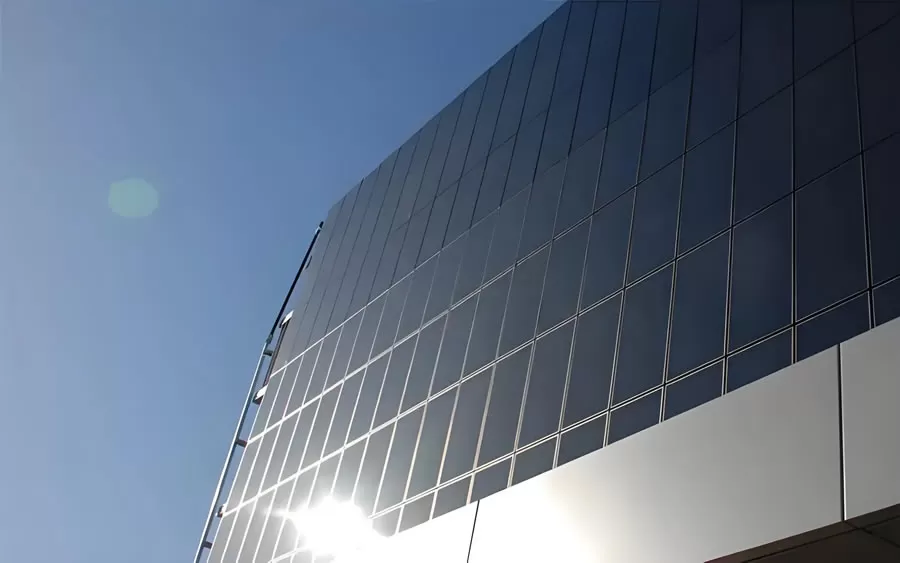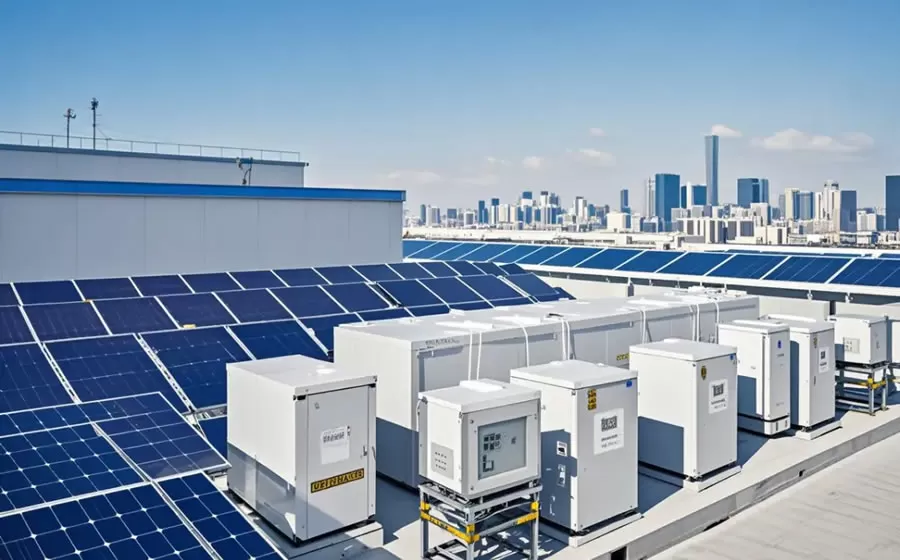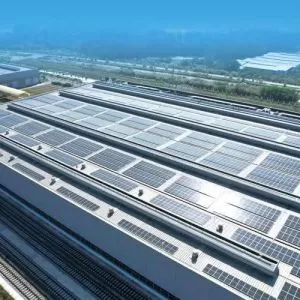
With the global promotion of new energy and green energy policies, more and more enterprises began to focus on the enterprise combined with the synchronous development of the photovoltaic industry, in the construction of photovoltaic projects, some enterprises, factories and shopping malls to consider the use of the BIPV form of construction, in this context, the BIPV industry has been the rapid development of Brice Solar on the development of the BIPV industry in 2024 to summarize, and to introduce the trend of the development of the BIPV industry in 2025. Brice Solar summarizes the development of BIPV industry in 2024 and introduces the trend of BIPV industry in 2025.
1. Summary of BIPV development in 2024
Driven by new energy and green energy policies, such as China's “double carbon” target requiring new public buildings to reach 50% coverage of rooftop photovoltaic, technology iteration (CaTiO2 battery efficiency breakthrough of 30%) and cost optimization, the global BIPV market is expected to break through the trillions of dollars in 2024, and China will become the core growth pole with an annual growth rate of more than 70%. Become the core growth pole. New installed capacity of 30.2GW, roof scene dominated (industrial and commercial buildings mainly), façade innovation (such as photovoltaic external shading system) to accelerate the penetration of LONGi, Tongwei and other photovoltaic leading and construction companies in-depth cooperation to promote the industry chain to reduce costs and increase efficiency, laying the foundation for the industry scale landing.
2. Compulsory standards and quantitative goals driven by the policy of landing
China's new buildings in cities and towns to fully implement green building standards, clear requirements to enhance the renewable energy power substitution rate, and to promote the construction of ultra-low energy consumption, near-zero carbon buildings. The target coverage rate of PV on the roofs of newly-built public institution buildings and factories is set at 50%, and the renovation area of existing buildings is expanding simultaneously, forcing the policy to increase the penetration rate of building PV integration. Local governments reduce project investment costs through financial subsidies, tax incentives and special low-interest loans, for example, some provinces and municipalities provide 0.3-0.5 yuan/watt installed subsidies for BIPV projects.
3. High-efficiency materials and system integration upgrade
Calcium titanium ore stacked battery efficiency breaks through 30%, superimposed on the flexible characteristics, promoting the expansion of BIPV curtain wall and shaped roof application scenarios. PV modules are deeply integrated with building structures, replacing traditional building materials (such as glass curtain walls and roof tiles) and reducing comprehensive costs by 20%-30%.
4. Application scenarios for diversified expansion and market explosion
It is expected that the market scale of BIPV roof will exceed 100 billion in 2025, and PV roof products will be suitable for industrial plants, commercial buildings and rural distributed scenarios. the market penetration rate of BIPV curtain wall will jump from 2% in 2023 to 20% in 2025, and it will be focused on the application in the transformation of urban landmarks and the facade of public facilities. Desert ecological restoration + PV, highway PV corridor, sea floating PV and other innovative modes enter the pilot stage, expanding the BIPV application boundary.
6. Market Scale and Industry Chain Synergy
It is expected that China's BIPV installed capacity will reach 30.2GW in 2025, with a market size of 103 billion yuan and a compound annual growth rate of over 70%. PV leaders such as LONGi and TONGWEI have cooperated with construction enterprises (such as Jianghe Group and Sentry) to develop customized BIPV products, promoting the unification of technical standards and cost optimization.
7. Risks and challenges
Europe and the United States “carbon tariff” policy may impose emission reduction retroactive requirements on China's BIPV exports, forcing the supply chain to low-carbon transformation. The era of grid parity is coming in full swing, and PV tariffs in some provinces will be adjusted downward, and enterprises need to maintain project yields through technical cost reduction.

Summary
According to the development trajectory and practical experience of BIPV (Building Photovoltaic Integration) industry, we have carefully researched and compiled the “China BIPV Industry Development Monitoring and Investment Strategy Consulting Report 2025-2031”, which provides important references for enterprises, scientific research, investment organizations and other units for investment decision-making, strategic planning and industrial research.
In 2025, BIPV industry will realize large-scale application driven by strong policies, roof and curtain wall scenarios dominate the market growth, and breakthroughs in chalcogenide technology and industry chain synergy will become the key driving force. However, we need to be alert to the international trade friction and cost pressure on the industry's short-term development constraints.









One step to find us,we will respond within 24 hours.
More Contact Details
008613738639386
[email protected]